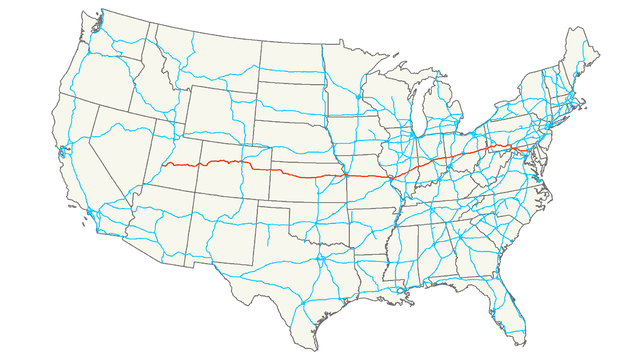Herewith: some striking geologic/gemologic/geomorphologic images of a dendritic, or tree-like branching, nature this week. {Most of my allotted words have been used up on SAT preparation for six juniors this week.} I've chosen to focus on the geologic dendrite set, though dendrites are found throughout the body's cells and organs, in various microscopic growth patterns, and many other areas.
1. Australian opal with a dendritic pattern
2. Copper dendrite growth
3. Manganese oxide growth on limestone slab
4. Dendritic pattern in agates (Agate-way drug)
5. Dendritic pattern in unusual black and white opal:
6. Dendritic drainage pattern in geomorphology:
7. Dendritic, fractal growth in ice crystals
8. Dendritic pattern of (actual) trees against the backdrop of the sheer rock walls of Zion National Park.
Brought to you by the Branch Chief,
Steph










































